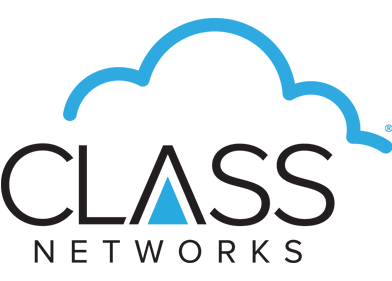
Technology has had a major impact on the way organisations are run on a day-to-day basis. Over time, we have seen the emergence of big data applications, an increasingly mobile workforce and the need to transact 24 hours a day, 7 days a week. So, it may come as a surprise that people are still underestimating the role connectivity plays in your success.
For many, the answer to connectivity issues in the past has simply been to add more bandwidth. This isn’t always the right answer, nor is a “rip it up and start again” approach. Equally, it doesn’t make any sense to stick with a connection that is obviously not fir for purpose.
The next time you need to think about connectivity, ask yourself two simple questions. What problems have I experienced in the past? And what will I need from my connectivity in the future?
Just like organisations, connectivity comes in a range of shapes and sizes. However, the size or your organisation isn’t necessarily an indication of the size of your requirements. Some smaller organisations can have big data requirements – especially if you have embraced IP telephony, virtualisation or cloud services.
For example, if your organisation has employed a unified communications solution, the performance of your converged data and voice network is influenced significantly by connectivity. If your connectivity is not fit for purpose, it will impact on a wide range of business processes; including productivity and continuity.
Wherever you are on your personal journey to the cloud, connectivity has a role to play in delivering a range of hosted services, such as office applications, CRM, back-up and recovery solutions. Remote access to business critical data and applications is entirely dependent on fast, secure and reliable connectivity.
What is the right connectivity for me?
The range of options can be a little confusing. How do you know what is the right connectivity for your organisation? Well, it starts with availability. BT has a helpful online tool that will let you know what options are available to you. Check out www.dslchecker.bt.com
Once you know what your options are, think about capacity and continuity. This will help you narrow down the right solution for you. Of course, not everyone knows their ADSL from their FTTC, their EFM from their GEA. Don’t worry, that’s what we’re here for.
Talk to someone at Class Networks about the options available to you. The right connectivity solution can help your organisation work both faster and smarter and support the achievement of your objectives for the future.
Posted in News
